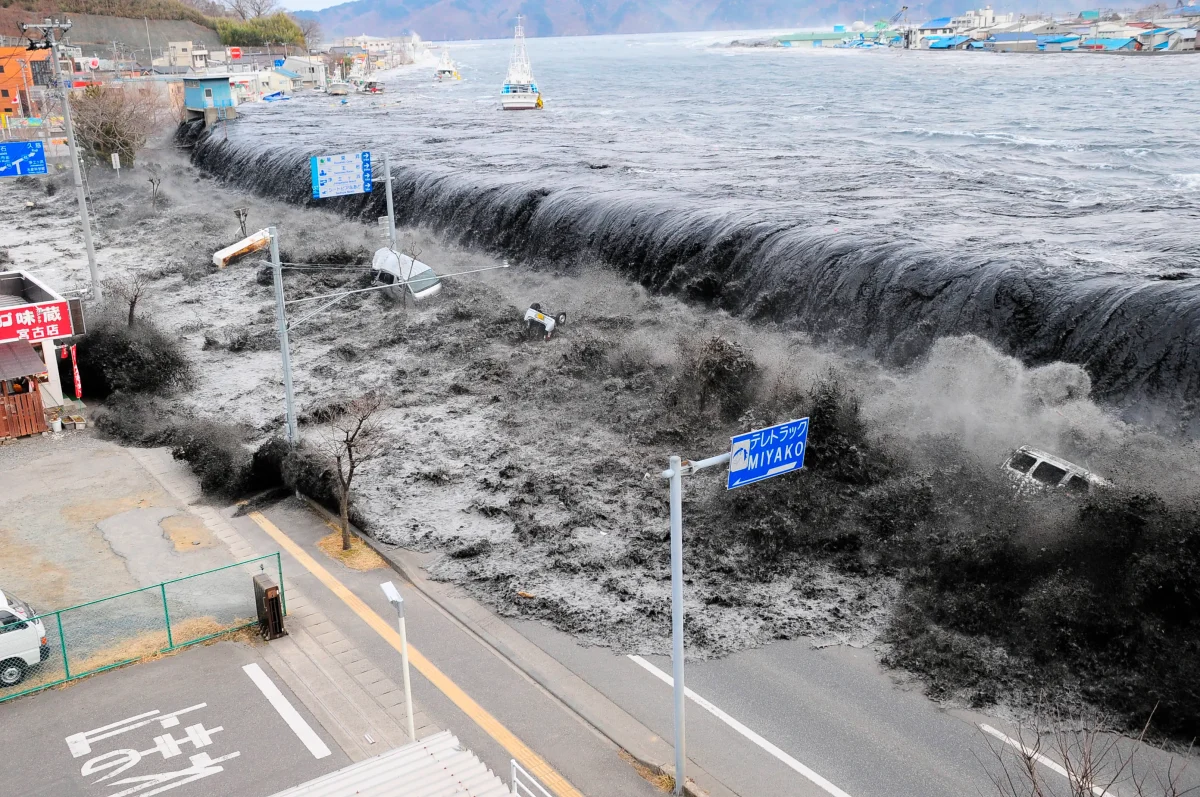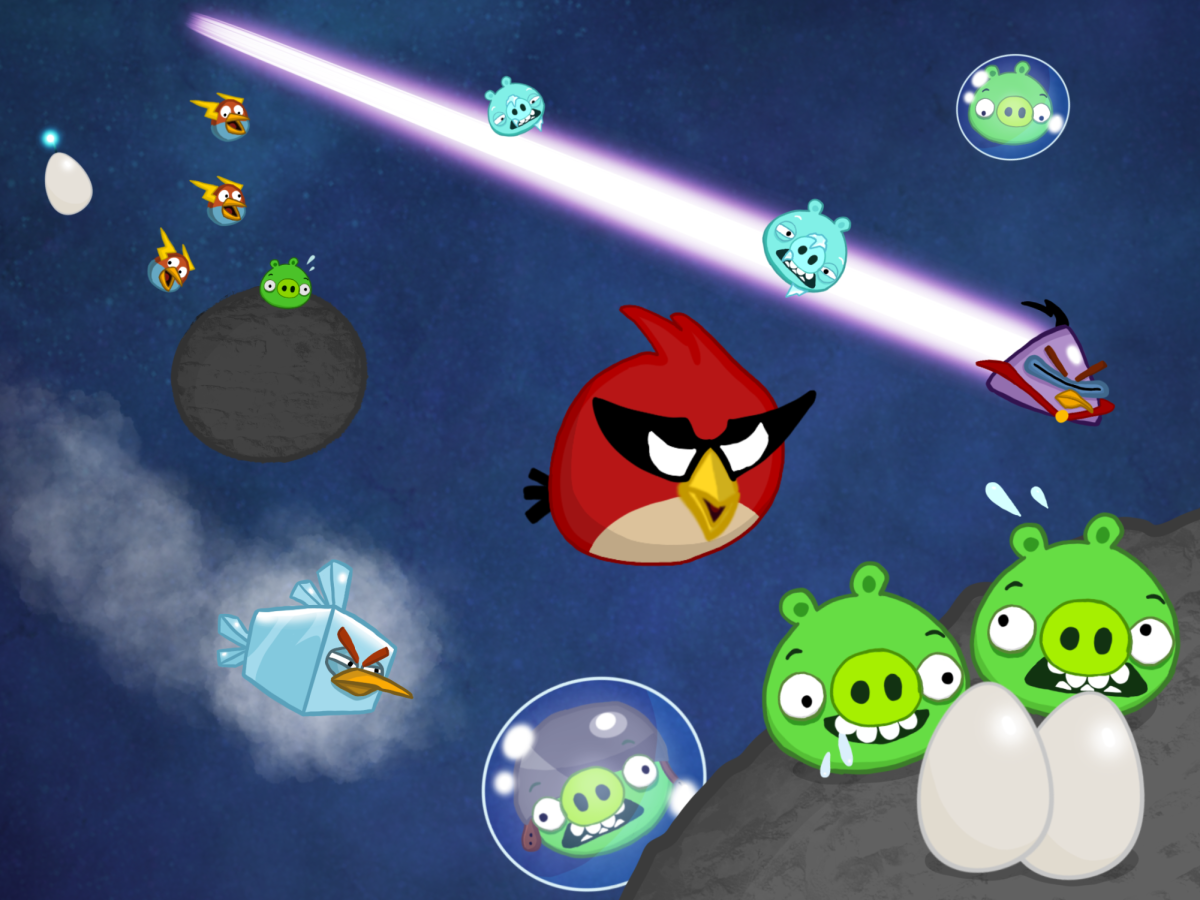Avatar: The Way of Greatness

February 21, 2023
James Cameron‘s crowd-pleasing sequel is a spectacular technical achievement that, while long, manages to dazzle the senses enough to prove that the director is still a visionary. “Avatar: The Way of Water” isn’t a movie you see for its layered, complicated plot. The storyline is simple, and the dialogue is mostly expository or cliché, particularly when Quaritch talks. But it doesn’t matter, because Cameron puts the movie’s $350 million budget to remarkable use in all of the underwater sequences, the incredible creature effects, and the overall immersive return to Pandora. It’s worth seeing on the biggest screen possible, in 3D if you can.
Yes, the three-hour-plus runtime is long, but it’s easy to get lost in the movie’s memorable world-building. The motion-capture performances are fascinating to behold, and Winslet and Curtis are welcome additions to the cast. Of the young actors, Dalton stands out as Neytiri and Jake’s troublemaking younger son, Lo’ak, who befriends an outcast tulkun (the sacred alien whales). Also worth noting is Jack Champion as Spider, the human boy raised among the Na’vi but whose mask marks him as different. His bond with Kiri, who’s also a little bit different, seems headed toward romance, but it’s too early to tell.
Lang’s Quaritch is only slightly less unhinged in this installment than he was in the first film. But he’s far from the only antagonist. The Na’vi face seemingly insurmountable odds as the humans’ tech gets better and deadlier. The action sequences come mostly in the third act, but there are moments of pulse-pounding peril throughout that will make audiences clutch their seats (or their partners). There’s even an extended ship-sinking sequence that’s reminiscent of Titanic, right down to how people grip the railing and hold their breath as areas flood.
While there’s no Pandoran quartet playing classical music, composer Simon Franglen uses the late James Horner’s original themes to create an evocative score as the Na’vi fight for their lives. With “Avatar: The Way of Water”, Cameron and cinematographer Russell Carpenter have created something monumental in scope, so much so that the movie’s flaws don’t prevent it from being stunning.
“Avatar: The Way of Water” is set approximately 15 years after the events of the original Avatar. In the forests of Pandora, Jake and his mate, Neytiri, are now parents to two teen sons, Neteyam and Lo’ak, as well as a young girl named Tuk, and Kiri, the teen daughter they adopted after she was born under mysterious circumstances. Jake has helped the Na’vi fight against the Sky People (humans trying to mine and extract Pandora’s resources), but the onslaught of the humans’ military operations ramps up when they launch a new mission: sending a select group of avatars with the uploaded consciousness and memories of the long-dead Col. Quaritch and his loyal soldiers. Quaritch and his Na’vi-fied squad terrorize Jake and Neytiri’s Omaticaya clan until Jake convinces Neytiri that their immediate family should leave and seek refuge with the far-off island dwelling Metkayina clan, who are a different shade of blue and boast fin-like tails and flipper-like hands. Their leader, Tonowari, and his spiritual leader mate, Ronal, tentatively grant Jake and Neytiri’s family sanctuary, but eventually Quaritch tracks them down and brings the war of the Sky People to the water clans.
In all, this movie is a very captivating experience that I recommend to anyone that’s interested in watching it. All the elements of this movie together makes it worth watching. The great thing about the Avatar movies is there are going to be three more, so five in total. One drawback to the movie is how long it is, and they could have cut out some scenes that didn’t really add any flare to the movie. While the CGI was amazing, I think that it’s so realistic that you automatically know how fake it is. Overall, though, it’s a movie that everyone should watch if they get the chance.


















